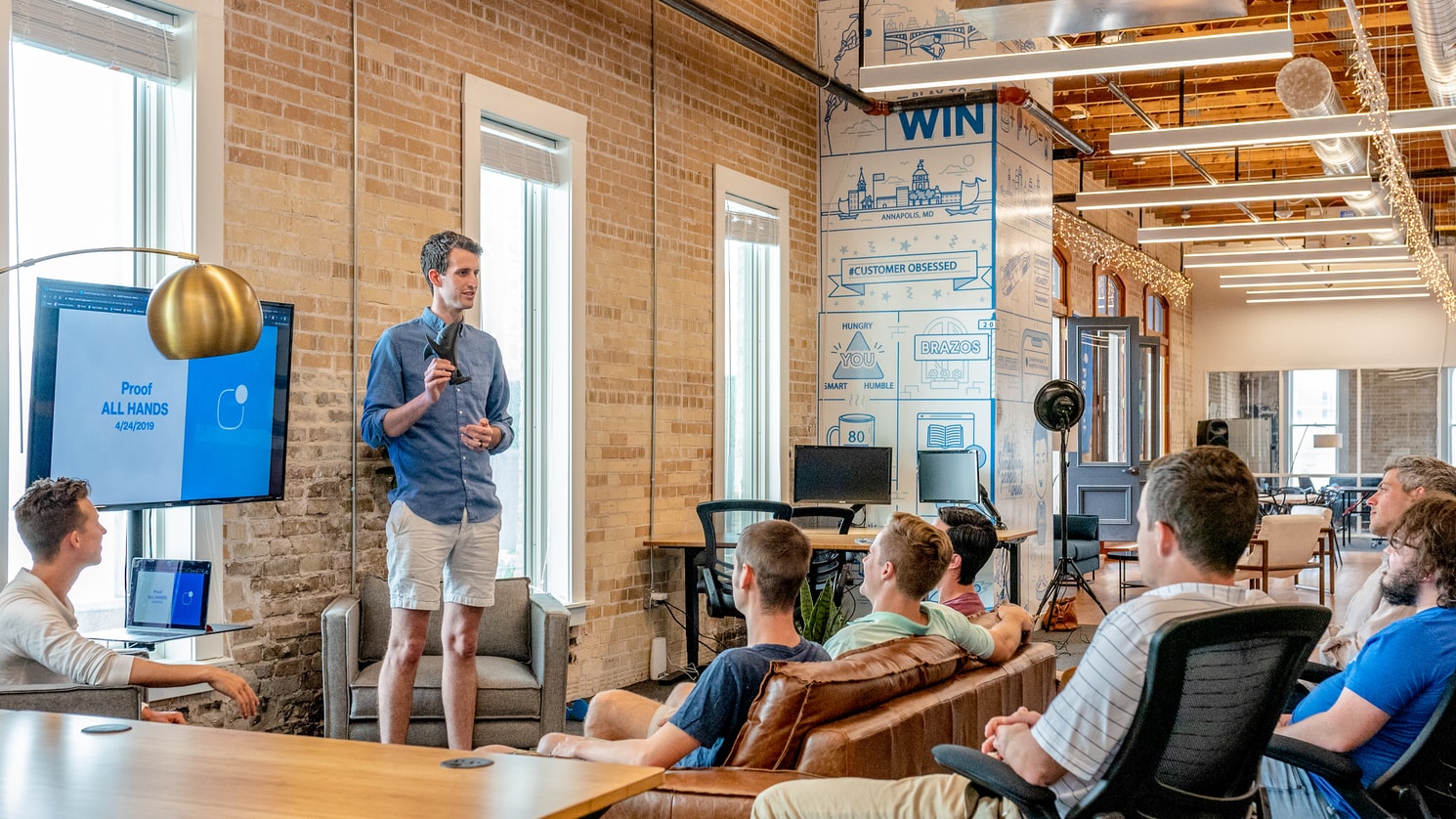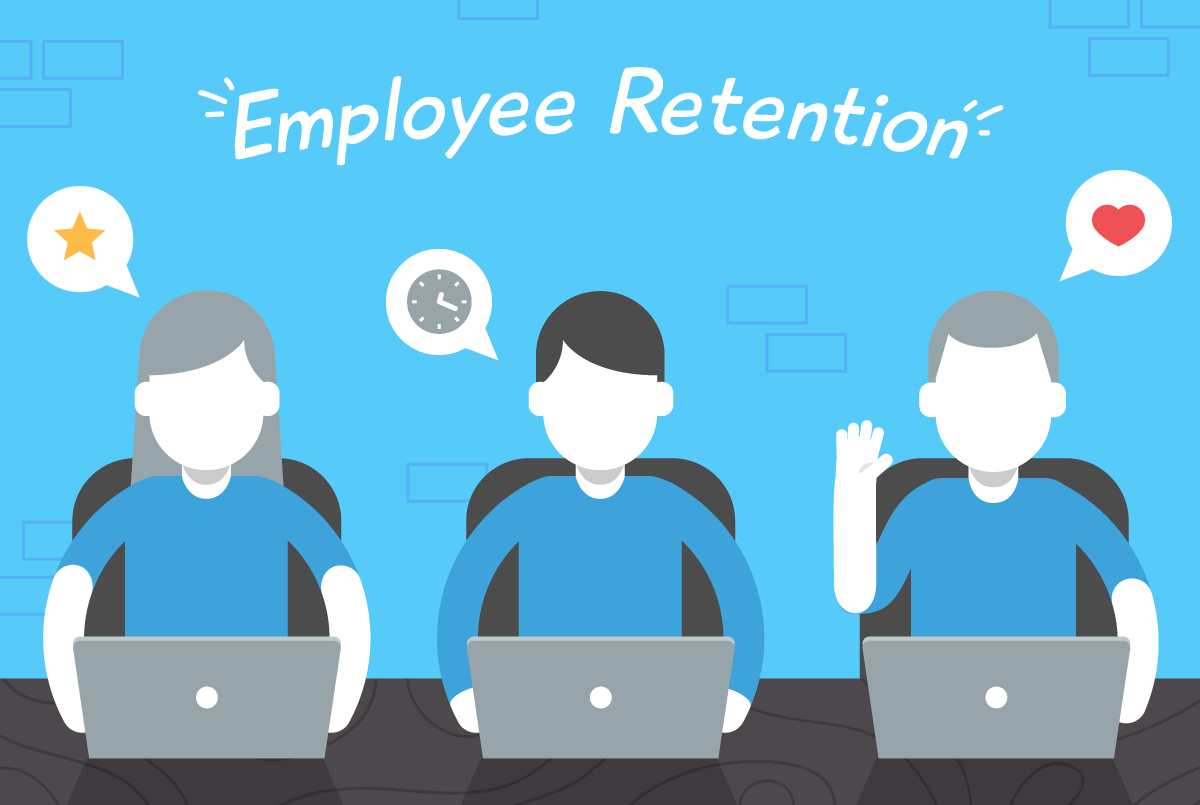
The COVID-19 pandemic has been a change agent, whether it’s for the better or detriment of every individual caught up in these unprecedented times. People, businesses, and living life, in general, have been altered drastically, forcing everyone to adapt.
It is indeed human nature to evolve and inevitably overcome trying times. We witness the approach via the innovative measures put in place by different business sectors. The foodservice industry faces many challenges and learned to cater to its consumers through the pandemic. Dine-in options took a nosedive, while online grocery delivery and online food delivery apps peaked in popularity.
Unfortunately, many small establishments shut down, and some might never open again. It’s all due to the devastating nature of this virus that took its toll on the world.
During the first part of the pandemic, businesses big and small scrambled to think of ideas to keep themselves afloat. It was an uphill battle for everyone, but somehow, these business owners managed to turn it around. And as this pandemic continues to ravage the world, they persist in learning and optimizing as the situation calls for it. Creativity plays a huge role in thriving in these uncertainties that we are currently facing, and people answered the call for the most part.
Financial Discord
The foodservice industry took a massive hit back in 2020. Pre-pandemic projections that year were $899 billion in sales. According to CNBC.com, “The National Restaurant Association estimates that compared to pre-pandemic levels, restaurant employment is down close to 2.5 million jobs and that the industry lost $240 billion in sales in 2020.”
Factors such as the shortage of workers and constant shutdowns ultimately led to production coming to an abrupt halt for a time. Not to mention the difficulties a supplier must face if they manage to produce due to the strict restrictions placed on various transports.
With demands mounting as the world closed, the unprecedented evolution of the foodservice industry would commence shortly after that.
Innovation in Crisis
Due to the existing fear, fully operating restaurants had to shut down indefinitely and rethink their business model altogether. Owners raced to hire new personnel for deliveries and develop their food delivery application-based services to keep up with consumers choosing to remain indoors.
Customers, who would typically dine in a physical restaurant, opted for the safe to-go option as they became more prevalent. Game-changing ideas like “dark kitchens” and food delivery boasted a historic 8% growth for the industry in the U.S. during the pandemic. Establishments learned to utilize their pre-existing assets to provide service safely and keep their businesses up and running.
What are Dark Kitchens?
According to a definition, dark kitchens, “also known as virtual, remote, commissary, ghost kitchens, or cloud kitchens, unlike a traditional restaurant, is a professional commercial kitchen that only produces food for delivery. It contains the kitchen equipment and facilities needed to prepare food but has no dining area for customers.”
Many entrepreneurs capitalized on this concept and established virtual food businesses spanning dozens of different areas without owning a physical establishment. These entrepreneurs sought out and partnered with owners of physical restaurants. Their resources are converted into dark kitchens that can safely deliver services while continuously providing work for their employees.
Other Businesses Following Suit
The progression of conducting business in the pandemic era is not exclusive to the foodservice industry.
The auto industry is looking to expand into the online shopping spectrum by offering software through a subscription model that allows consumers to buy features that will automatically be installed remotely upon payment.
The banking sector is doing the same as it aims to gauge credit scoring without physically conducting an assessment through sophisticated software that can raise margins.
What the Future Holds
It is integral to know the wants and needs of consumers, primarily during this pandemic. The foodservice industry had difficulty adapting at the beginning of the pandemic. Ongoing trial and error ultimately led to overcoming the odds.
Small things matter, and they can make a significant impact. Something as simple as understanding restaurant reviews and having an online presence to monitor your audience could make a massive difference in meeting customers’ needs and how you, as the owner, conduct the business.
The food industry will inevitably return to a sense of normality. However, returning to what was defined as ‘typical’ before the pandemic would be counterintuitive. Business owners should look to form their new normal—taking practices and learnings from this challenging era and utilizing them to cater to their consumers’ needs as reshaped by the global crisis.
The key to recovery is the constant evolution and ability to innovate —above all else, learning to adapt to the fragile nature of these times. Once the world inevitably reopens, many businesses will be significantly capable of handling such a situation in the event a devastating problem like this ever happens again.
Check the original article here: https://smoothsale.net/how-covid19-is-changing-food-business-finance/






